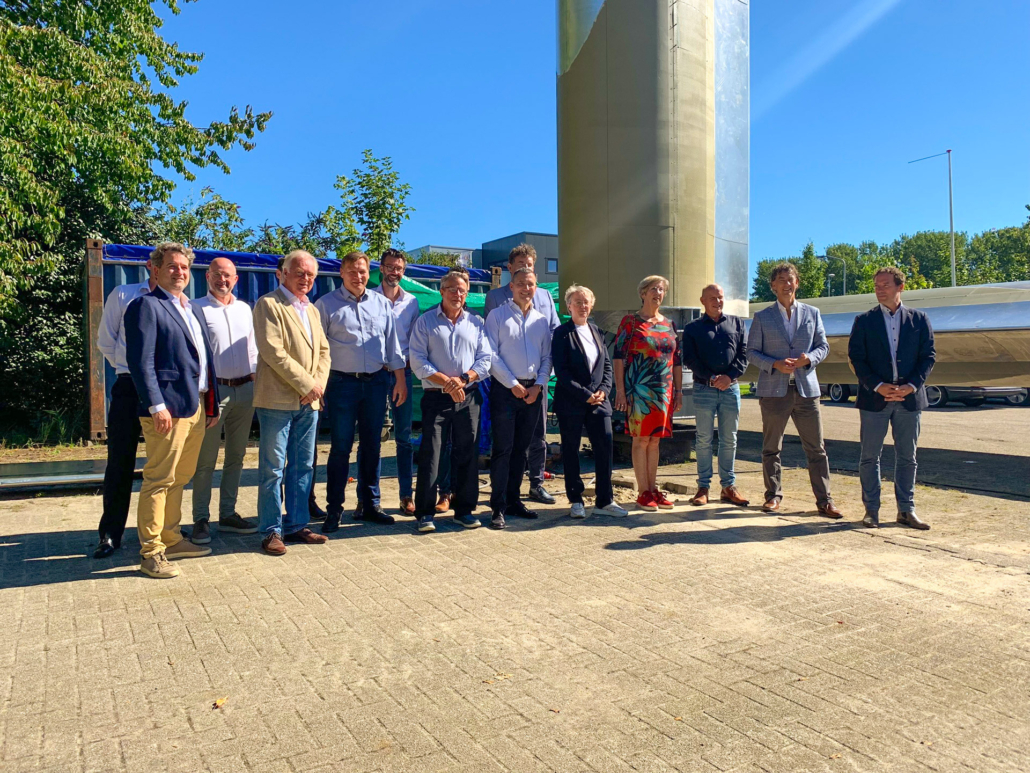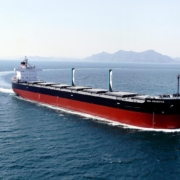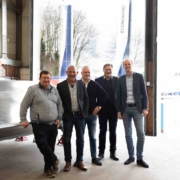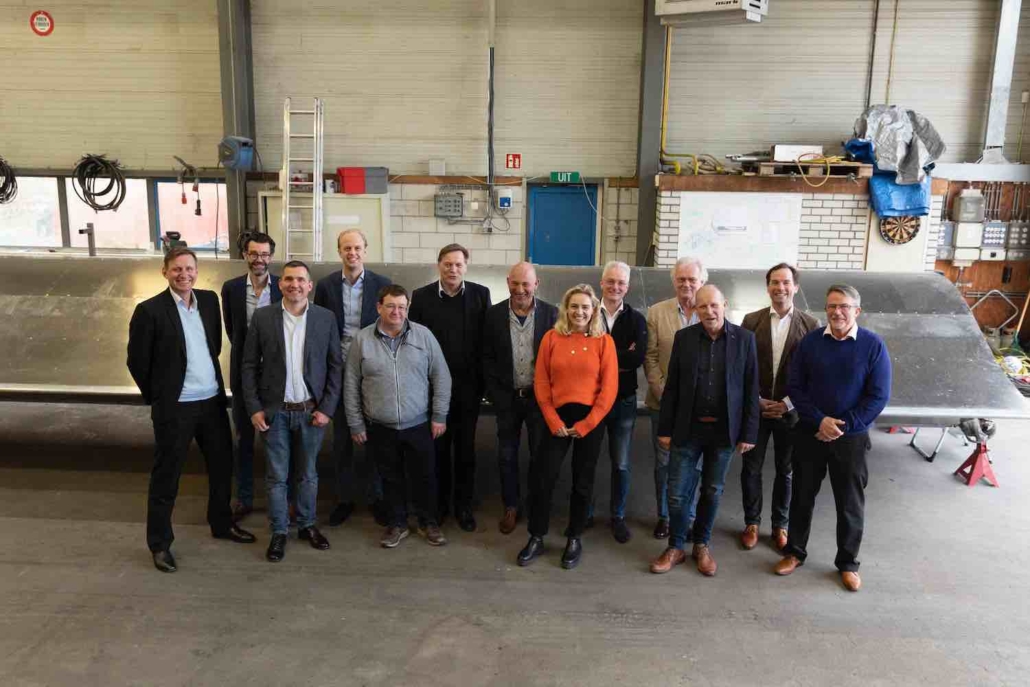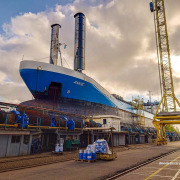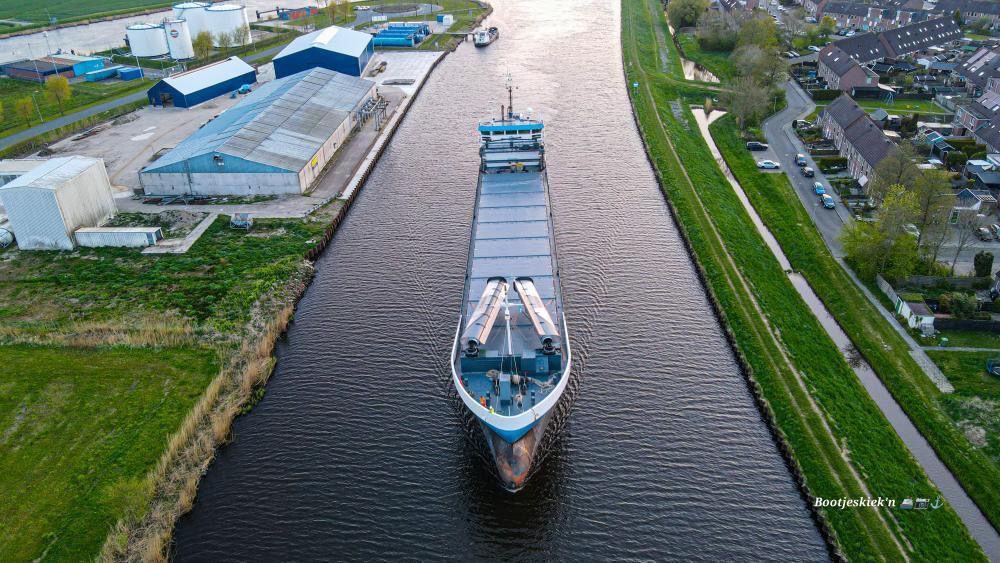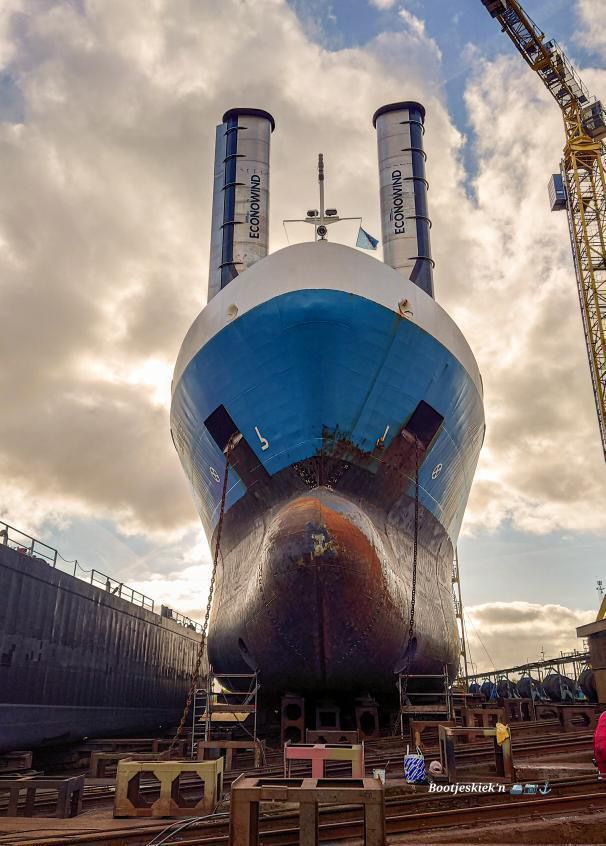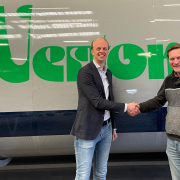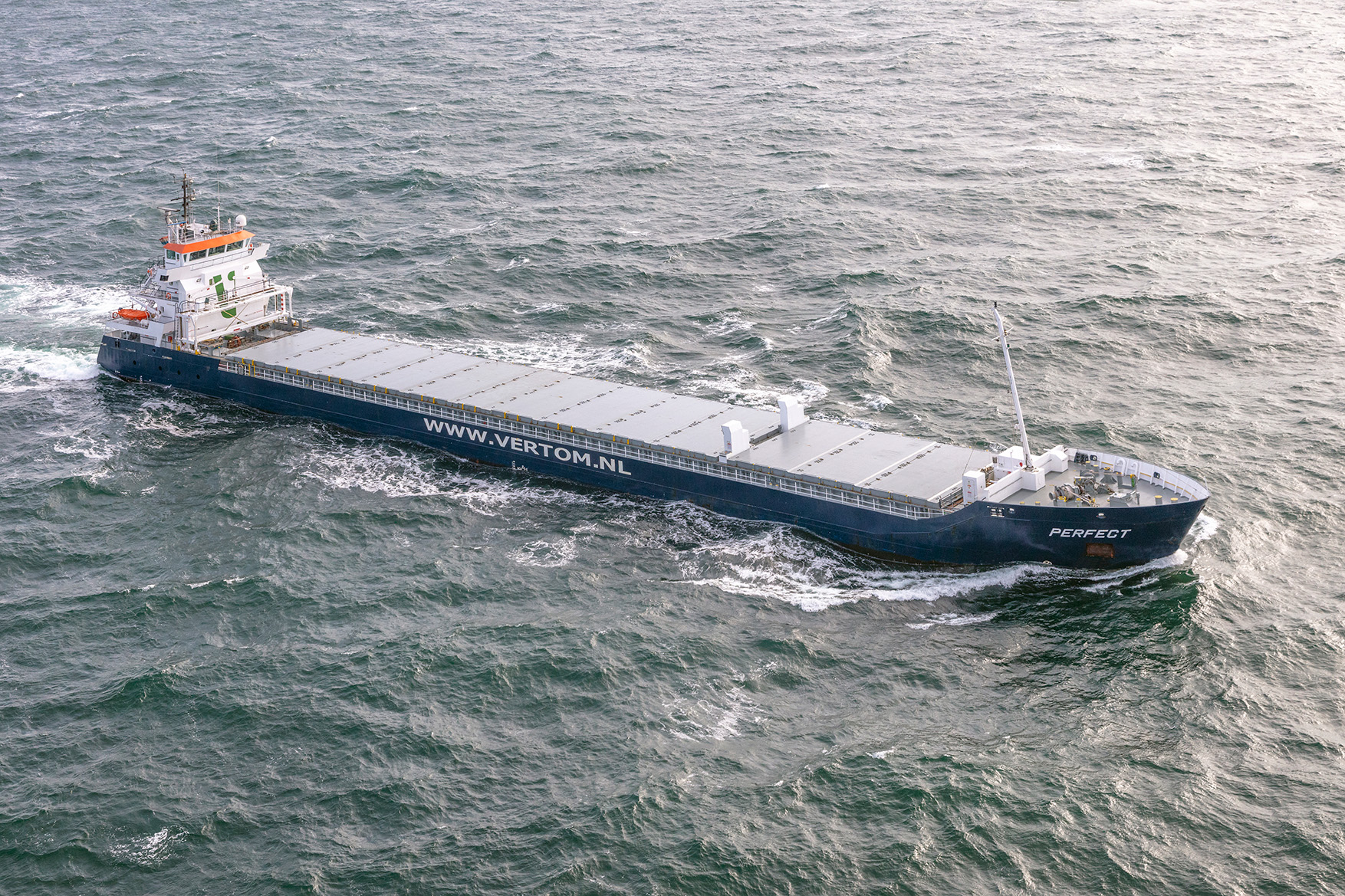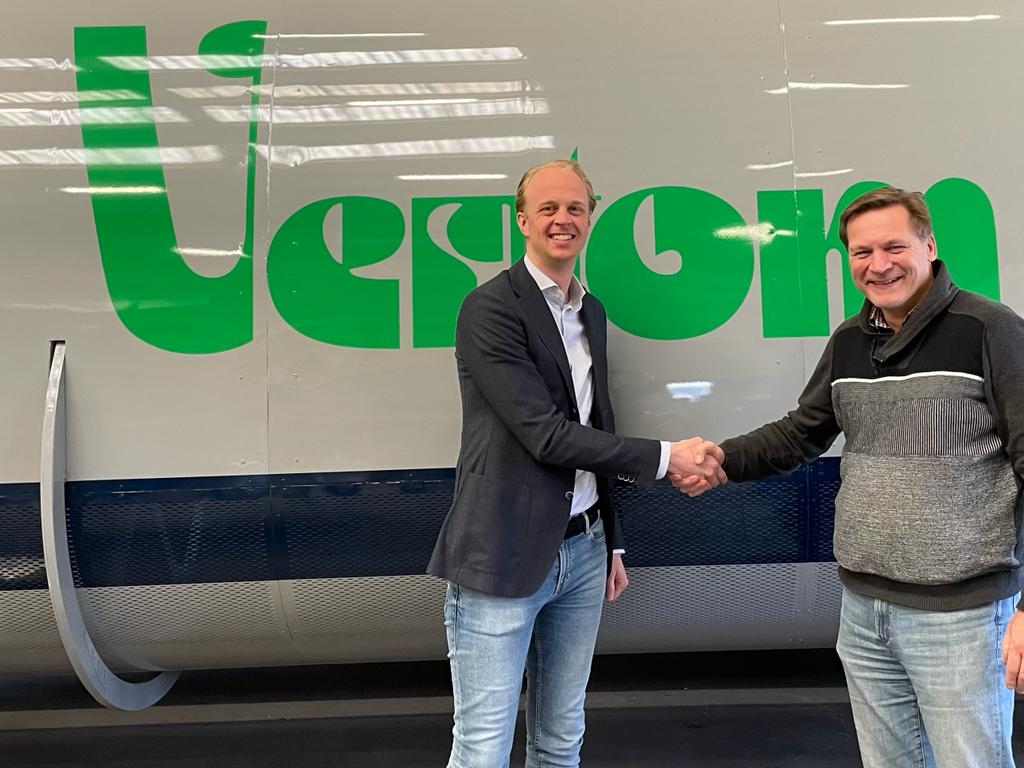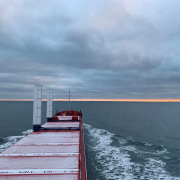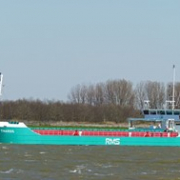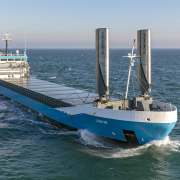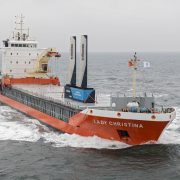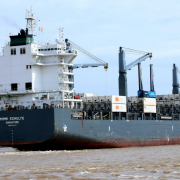Econowind scales up with support from NOM & Horizon Flevoland
Till 30-metre high sails for large ocean-going vessels
Using the power of the wind, ocean-going vessels can sail more efficiently. Dutch company Econowind builds ‘VentoFoils’ in Zeewolde and Warten. These sails enable ship owners to reduce fuel consumption by up to 30%. This contributes to making the shipping industry more sustainable. The Investment and Development Agency for the Northern Netherlands (NOM) and Horizon Flevoland are investing heavily in the scale-up to enable rapid growth.
You can best describe Econowind’s invention of the VentoFoil as a vertical aircraft wing that converts wind into forward thrust of the ship. Internal fans reinforce the effect thus making a significant difference to the consumption of increasingly expensive fuels. “We have been developing for five years and are now facing major growth,” says managing director Frank Nieuwenhuis.
World market leader
Since 2016, Econowind has been pioneering wind propulsion for seagoing vessels. The 16-metre aluminium VentoFoil, which is ideally suited for the shortsea market, is produced at the Zeewolde factory. “But we are now also collaborating with Bijlsma shipyard in Warten, where we are building the thirty-metre high steel VentoFoils, which are perfect for large ocean-going vessels. We expect a lot of growth to come from this sector as well. With this full range of wind sails, we can serve various market segments and further expand our international leading position.”
Investment gives wings
The company’s growth requires capital. That is why NOM and Horizon Flevoland are both investing in the company. With this participation, Econowind can go ahead and scale up production. The plans are ambitious. Nieuwenhuis: “In 2027, we will make at least one every day: in Zeewolde, Warten and at another location in the world. With over 50,000 active seagoing vessels, the market is incredibly large.”
Wind optimization
“In addition, we are further automating the control systems. Now the sails go up automatically and when the wind is too strong, they fold in. The crew is not involved with operating the VentoFoils. And soon customers will be able to get even more efficiency out of the VentoFoils due to Artificial Intelligence. Information about the wind will be integrated into the models. We will convert the wind forecast into direct advice on the most optimal sailing route. That means deviating from the shortest route to go faster with the wind.”
Making shipping more sustainable
Environmental legislation for ocean-going vessels is becoming stricter. With the introduction of the CO2 tax in 2024, ship owners want to accelerate sustainability. The International Maritime Organization (IMO) is aiming for 40% CO2 reduction for shipping. “The time is ripe: sustainability is high on the agenda in the industry. Shipping companies are striving for fuel economy: wind propulsion is a proven and fuel-independent solution. The payback time for current ships is around five years. With the VentoFoils, ships can reduce fuel consumption by up to 30% at voyage level.”
Proven solution
In recent years, Econowind has installed and extensively tested sixteen wings. It is a proven technology that is robust under the challenging conditions at sea. The VentoFoils can be installed on existing ships and also integrated into new-build vessels. “Meanwhile, we have reduced the production time of a 16-metre wing to a few months. This is very fast in this industry. We want to be able to deliver quickly because our customers ask for this. You can see the confidence of the market reflected in the order book.”
Innovation
For NOM, the participation is logical for several reasons, says investment manager Allard ter Horst: “Making the maritime sector more innovative and sustainable is one of our spearheads. Production in Warten, Friesland, gets the north of the Netherlands really involved. Econowind already has contracts with shipyards and ship owners at home and abroad. With a mature team, the company makes products that are super interesting for the maritime future. We are happy to be part of that. Moreover, it leads to employment in the region. We welcome that.”
Achieving growth
Inge Verschuur of Horizon Flevoland thinks Econowind is a wonderful company: “We expect that the company can grow very fast in the short term. That is why Econowind fits into our Growth Fund. We are impressed by the team, and by the other shareholders, who also provide expert advice. Innovation is a spearhead for us, of course, but we are also there to help achieve growth. In that respect, we think Econowind is an inspiring example and we have high expectations.”
